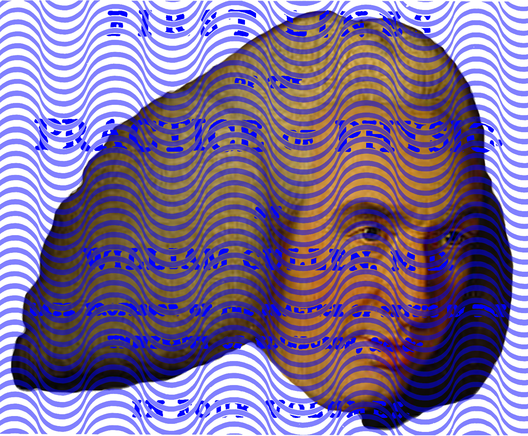William Cullen1710–1790
Cullen has been compared with Boerhaave for the influence he exerted on the teaching of medicine. He was an authority on chemistry as well as medicine, and was appointed professor of medicine in Glasgow in 1751. He moved to Edinburgh in 1755 to become professor of chemistry, and lectured for the first time in English rather than Latin. In 1766 he succeeded Whytt as Professor of Medicine. Cullen not only attracted many students to Edinburgh, but he also emphasized the importance of the nervous system in disease. He translated Haller’s First Lines of Physiology, and his own textbook First Lines of the Practice of Physic (1777-1779) was in turn translated, and was widely influential. In Edinburgh, medical students had access to patients in wards where instruction was given. The popularity of these new teaching methods was evident: “The output from the Scottish Medical Schools, but Edinburgh in particular, was considerable during the second half of the eighteenth and early nineteenth centuries. The training that their students received at that time was second to none, and many American students that returned to the United States played a prominent role in establishing the Medical Schools in that country”. In the second edition of his First lines of the practice of physic, Cullen introduced the term neuroses: “In a certain view, almost the whole of the diseases of the human body might be called NERVOUS: but there would be no use for such a general appellation; and, on the other hand, it seems improper to limit the term, in the loose inaccurate manner in which it has been hitherto applied, to hysteric and hypochondriacal disorders, which are themselves hardly to be defined with sufficient precision. In this place I propose to comprehend, under the title of NEUROSES, all those preternatural affections of sense or motion which are without pyrexia [febrile disease], as a part of the primary disease; and all those which do not depend upon a topical affection of the organs, but upon a more general affection of the nervous system, and of those powers of the system upon which sense and motion more especially depend. Of such diseases I have established a class, under the title NEUROSES, or NERVOUS DISEASES. These I again distinguish, as they consist, either in the interruption and debility of the powers of sense and motion, or in the irregularity with which these powers are exercised; and have accordingly arranged them under the four orders of Comata, Adynamiæ, Spasmi, and Vesaniæ, to be defined as we proceed to treat them more particularly”. He related insanity, mania, and melancholy to disorders of the brain: “I believe that physicians are generally disposed to suspect organic lesions of the brain to exist in almost every case of insanity. This, however, is probably a mistake: for we know that there have been many instances of insanity from which the persons have entirely recovered; and it is difficult to suppose that any organic lesions of the brain had in such case taken place. Such transitory cases, indeed, render it probable, that a state of excitement, changeable by various causes, had been the cause of such instances of insanity”. However, he was aware that individuals recovered from bouts of insanity, and so caution was required in making this connection. Cullen discussed the state of the brain in those who had died from mental illness, and even suggested that melancholia was a consequence of abnormal brain structure. His nosology was influential throughout Europe, although it was not uncritically received. Cullen’s classification was noble, but his system did not endure. The lines passing through his portrait and title page are in the colours of the Scottish saltire.
